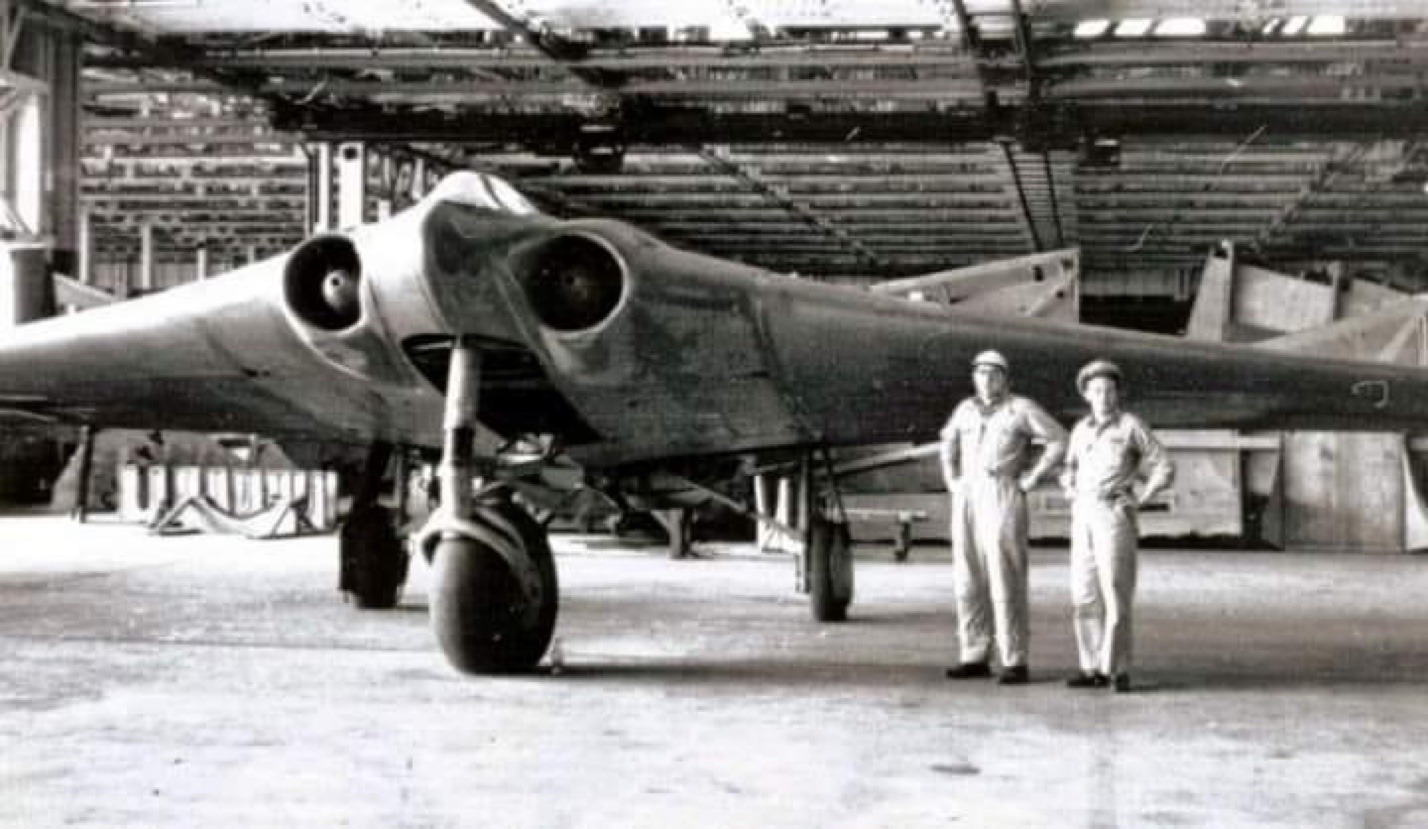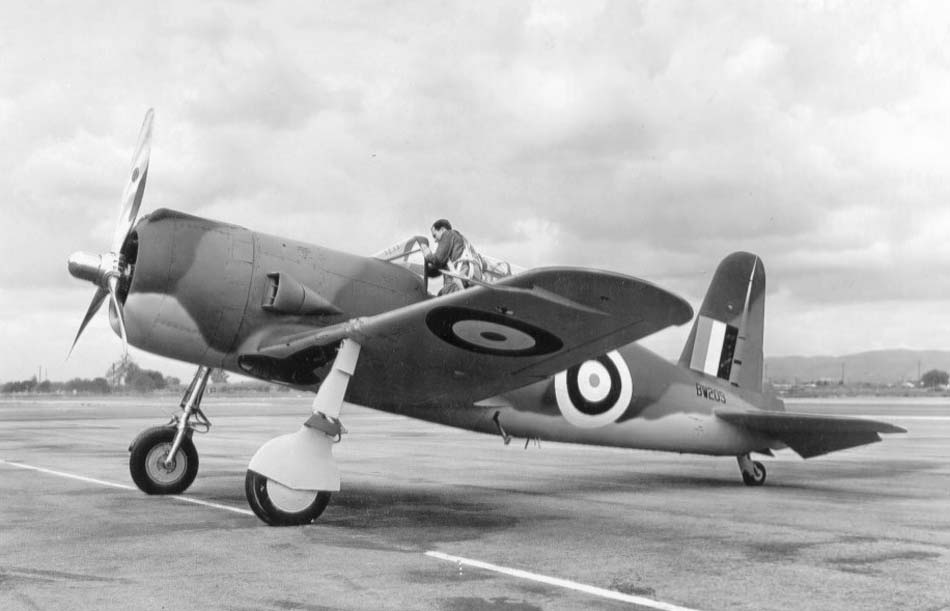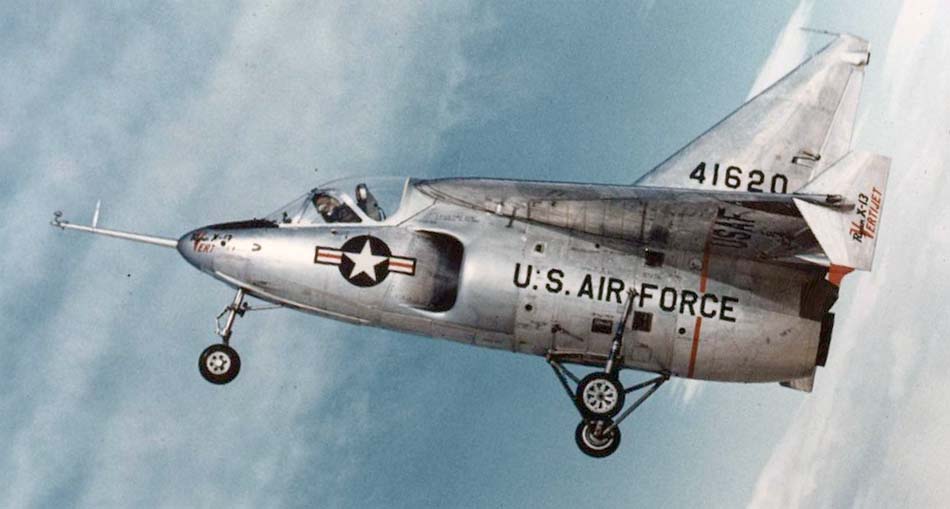Tag: Aircraft
-
Horten Ho 229

Horten Ho 229 The Horten Ho 229 was a German fighter-bomber flying wing developed during the Second World War. At one stage 100 had been ordered, although this was later reduced to 20 and none were delivered to the Luftwaffe. The first prototype, the Horten H.IX V1 was an unpowered glider first flew on 1… Read more
-
Vultee P-66 Vanguard

Vultee P-66 Vanguard First flying on 8 September 1939 as the Vultee Model V-48, the P-66 was originally ordered by Sweden, but an arms embargo diverted them to the United States Army Air Forces. The initial prototype had an aerodynamic pointed spinner, however after being damaged in a landing accident it was rebuilt with a… Read more
-
Ryan X-13 Vertijet

Ryan X-13 Vertijet The Ryan X-13 Vertijet grew from an in-house Ryan study to see if the Ryan FR-1 Fireball could be modified for vertical takeoff. This was expanded on by the US Navy who were interested in operating aircraft from submarines. In 1953, the US Air Force awarded Ryan a contract for the X-13.… Read more